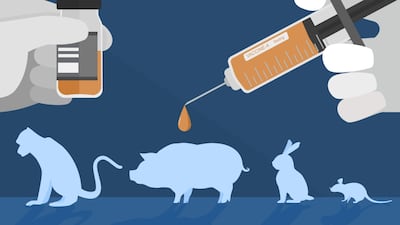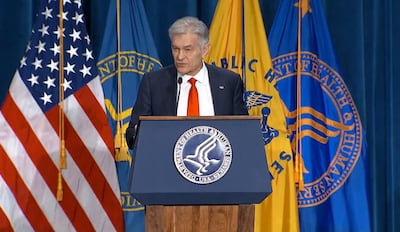Asia
A modified version of the BIOSECURE Act is finally signed into law in the US under cover of the annual defense bill, but views on its likely impact on Chinese biopharma contractors remain mixed and unclear until watchlists are drawn up.
The JPY330bn package bundles existing and new support funds for the biopharma industry, with the national government recognizing its importance for both national security and economic growth.
Flagship Pioneering is first partner in initiative aimed at giving drug developers early, informal, joint advice to fast-track the ‘most promising’ health care innovations. Pathway builds on an artificial intelligence collaboration between the UK MHRA and Singapore’s Health Sciences Authority.
For 127 products in the annual price negotiations for inclusion in China's National Reimbursement Drug List, the "success rate" this year was 88.19%, the highest ever, although the extent of related price cuts was not revealed.
Europe
Alternatives to animal testing can replace lengthy, resource-intensive studies for drug developers, helping to lower costs for companies, but a lack of regulatory global alignment can be a barrier to reducing animal testing, an expert says.
Achieving the EU Biotech Act’s clinical trial efficiency goals hinges on deeper collaboration and stronger integration across Europe’s regulatory authorities.
The version of the Critical Medicines Act adopted by a key committee of the European Parliament could mean uncertainty for the manufacturers of orphan drugs, warns industry.
The UK’s roadmap for reducing animal testing is a positive starting point, but greater transparency from the drug regulator and a more detailed workplan from government will be required to make the plans a reality, an expert from Cruelty Free International says.
International
Stay up to date on regulatory guidelines from around the world with the Pink Sheet’s Guidance Tracker. The complete Global Pharma Guidance Tracker, with sortable and searchable listings going back to 2014, is available online.
Flagship Pioneering is first partner in initiative aimed at giving drug developers early, informal, joint advice to fast-track the ‘most promising’ health care innovations. Pathway builds on an artificial intelligence collaboration between the UK MHRA and Singapore’s Health Sciences Authority.
New approach methodologies are increasingly shaping the future of medicine development by making drug testing less reliant on animals.
Postmarket optimization studies for cancer drugs can strengthen clinical trust in cancer medicines, which in turn results in therapies being used more often, a researcher says.
Latin America
Argentina’s medicines regulator, ANMAT, is updating the national pharmacopeia with new guidelines on advanced therapies.
Brazil’s medicines regulator, ANVISA, has hired new staff to help halve the time it takes to register a new medicine in Brazil.
Regulatory reliance processes for drug registration and clinical trial application approvals in Brazil have not met their “full potential,” says Brazil’s medicines regulator.
New rules in Argentina mean that good manufacturing practices certificates for foreign drug manufacturing plants issued by certain regulatory authorities could lead to quicker GMP certification evaluations.
Middle East & Africa
A new reliance pathway under which regulators will rely on each other’s assessment reports strengthens the goals of key continental health initiatives, including the newly formed African Medicines Agency.
Drawing on around 60 years of experience, the European Directorate for the Quality of Medicines & HealthCare will help the newly formed African Medicines Agency develop robust quality control systems.
The Medicines Control Authority of Zimbabwe has begun to publish public assessment reports for medicines it approves or rejects, in line with the World Health Organization’s highest maturity level benchmarking.
The Medicines Control Authority of Zimbabwe has begun phasing in mandatory package labeling requirements based on GS1 identification standards. It aims to improve the traceability of medicines throughout the entire supply chain.
North America
The US FDA’s cell and gene therapy group has “scores” of active INDs using AI, and is eager to see it grow, but challenges remain with employing AI for decision-support tools, including the lack of good quality datasets to train models.
After conducting more than 30 meetings for drugs, biologics and related issues in 2023 and 2024, less than half as many were held in 2025.
The US Centers for Medicare and Medicaid Services argued gender affirming care is not health care to help justify the new proposed rules. The argument could create a new opening for the federal government to go after other pharmaceuticals.
The FDA’s policies on analgesic labeling appear to be limiting the potential for novel non-opioid pain medicines to qualify for separate payments in Medicare after CMS said the indication must be for post-operative use.























